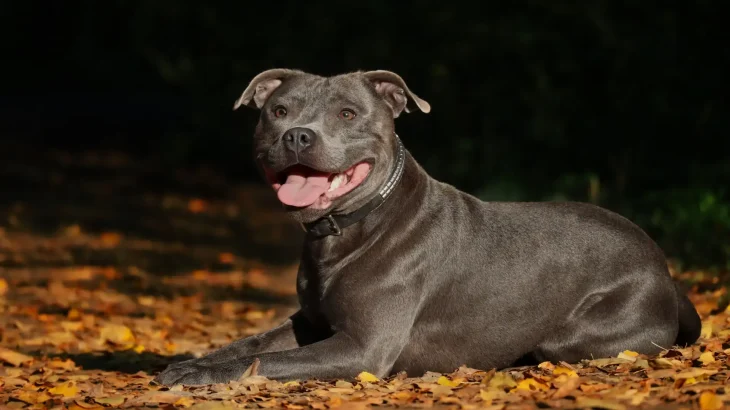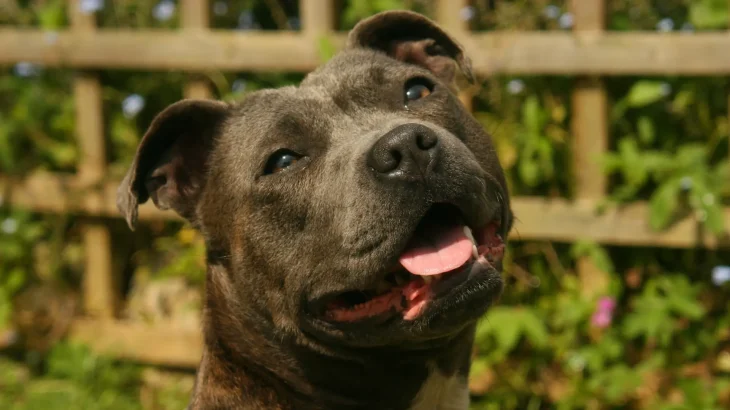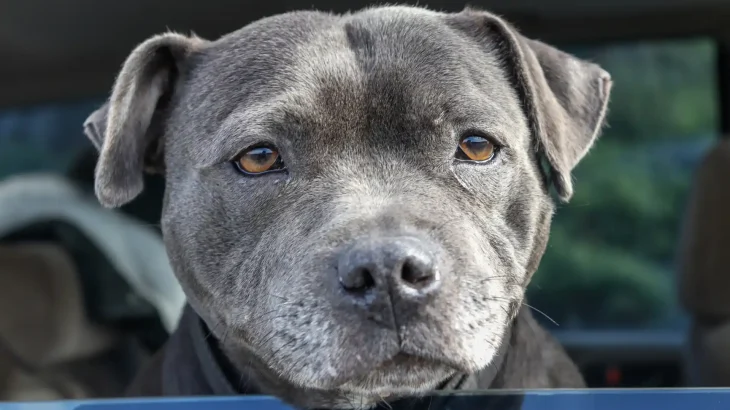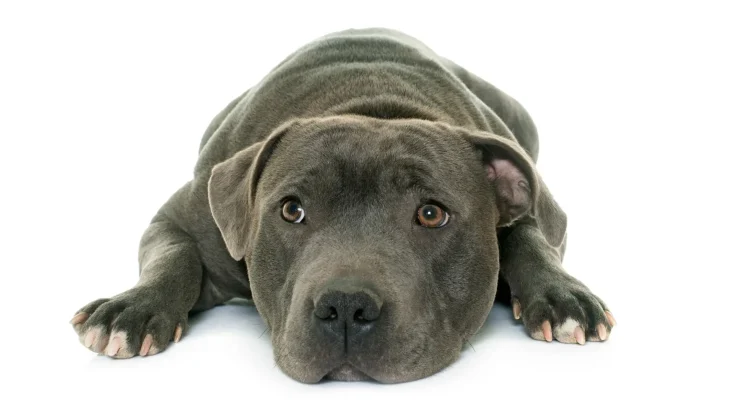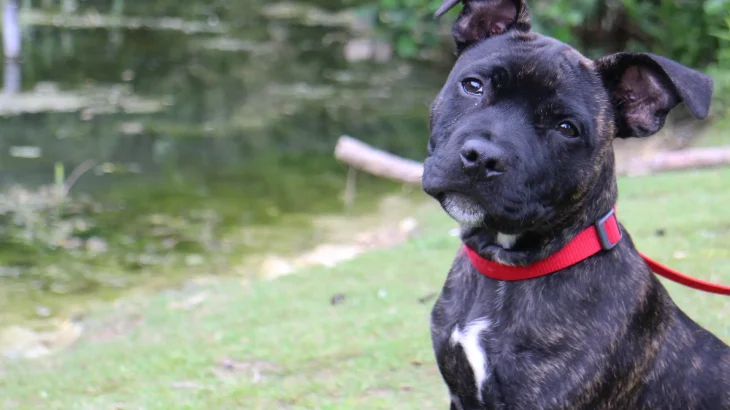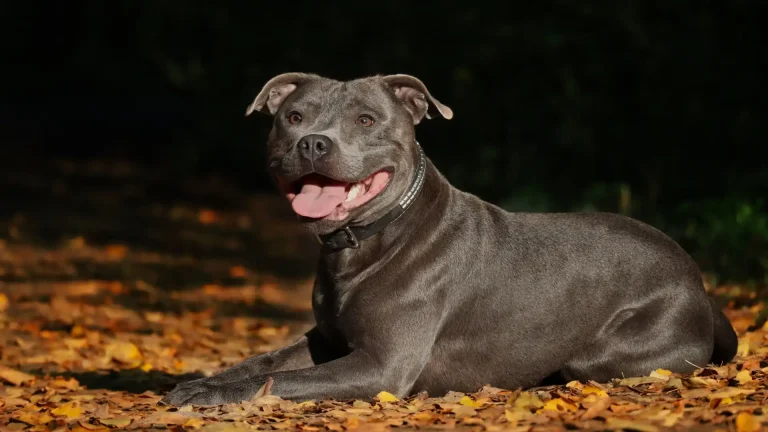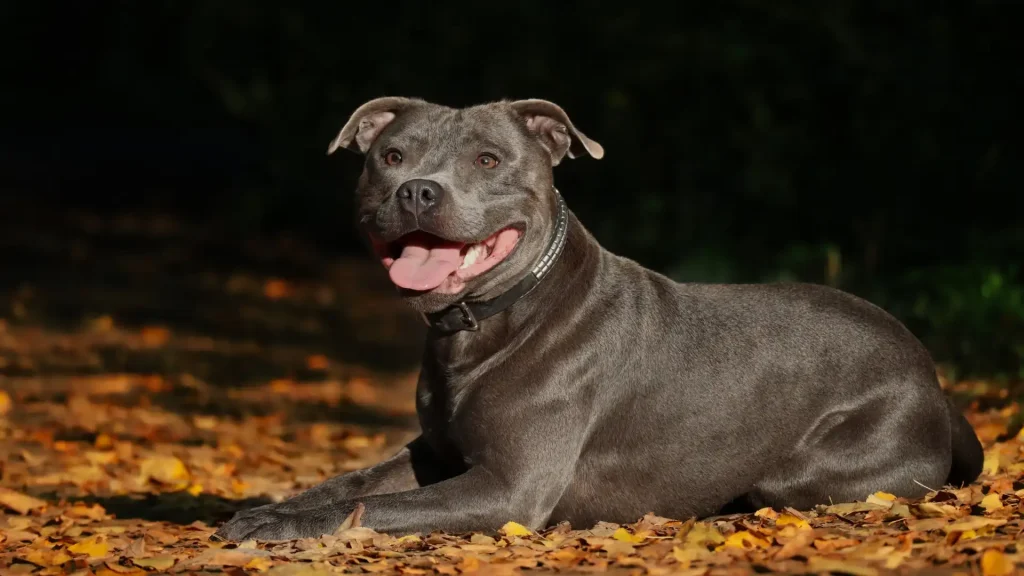When deciding whether to bring a Staffordshire Bull Terrier puppy into your home, the choice to adopt or buy can significantly impact your experience. Purchasing from a reputable breeder often ensures detailed knowledge of the puppy's health and lineage, but adopting gives a deserving dog a second chance at a loving home. Each option has distinct advantages depending on your priorities and circumstances.
Adoption vs. Breeder: Pros & Cons
| Criteria | Buying from Breeder | Adopting from Shelter/Rescue |
|---|---|---|
| Cost | Higher upfront cost, typically ranging from $1,500 to $3,000 due to pedigree and care. | Lower adoption fees, generally $100 to $300, usually including vaccinations and spaying/neutering. |
| Health History | Comprehensive health records and genetic screening often provided by reputable breeders. | Health history may be incomplete or unknown, though shelters usually provide initial medical care. |
| Age Availability | Primarily puppies, which lets you shape early development and training. | Wide range of ages available, including puppies and adults. |
| Temperament Insight | Breeders can offer insights into lineage temperament traits based on parent dogs. | Shelter staff can report observed behaviors, but full history might be limited. |
| Supporting Practices | Supports responsible breeding when choosing ethical breeders; avoid puppy mills. | Promotes animal welfare by providing homes to dogs in need and reducing shelter populations. |
| Ethical Considerations | Potential concerns if breeder practices aren't transparent; selecting carefully is key. | Helps reduce homelessness and euthanasia rates by giving a dog a second chance. |

